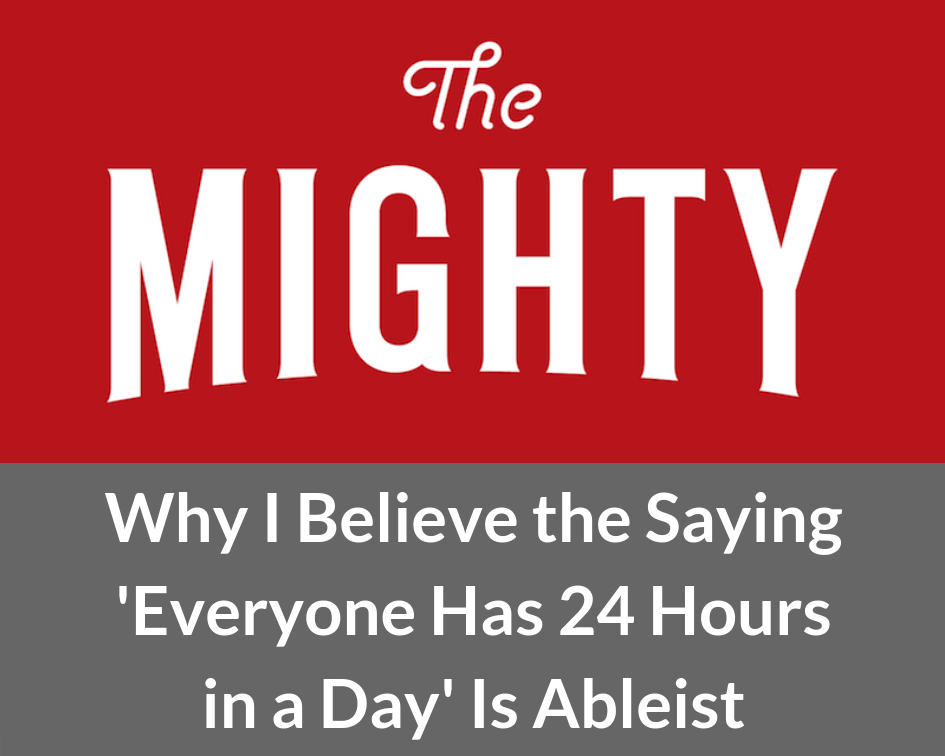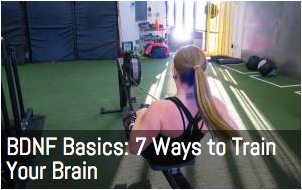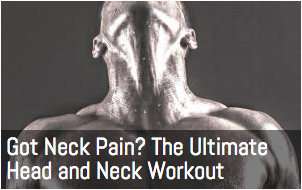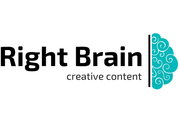|
In June, I had my second surgery for endometriosis. Afterwards, my doctor recommended I consider taking an at-home food sensitivity test to see if diet changes could help reduce some of my inflammation and symptoms. I ordered the Everlywell food sensitivity test, which measures your immune system’s IgG antibody reactivity to 96 common foods. While the test doesn’t determine food allergies, lactose intolerance or celiac disease, it does identify foods with a higher-than-normal reactivity level that could be good candidates for an elimination diet. When I finally found the courage to open the box and read the instructions, the next obstacle was the mental hurdle of poking myself and collecting enough blood for the sample. Of course, the whole process is actually quite simple if you can avoid the mental anguish I put myself through. After I filled the sample card with droplets of blood, it was ready to send off in a little biohazard bag to the lab. Three days later, I received an email with my test results. What I Learned from my Food Sensitivity TestDespite all the stress this process caused me, I couldn’t be more glad that I bit the bullet and took the test. To my great relief, I scored fairly low on sensitivity to all dairy products. And I was surprised to learn that I didn’t show a high reactivity to any of the foods that were tested. In addition to a printable PDF that can be given to your doctor or added to your medical documents, Everlywell provides an easy-to-navigate online breakdown of the foods identified as high, moderate and mild reactivity on a scale of 0-255. The description of each food even includes a list of hidden sources that you may not be aware of and potential substitutes for a modified diet. For example, my test results showed a mild sensitivity to almonds; Everlywell suggests pumpkin seeds as a substitute and warns me about gluten-free products, which often contain almond flour.
Everlywell offers a variety of at-home tests for everything from food sensitivity and metabolism to fertility, allergy and even Lyme disease tests. Learn more and get 15% off any test at https://refer.everlywell.com/s/morehartm.
0 Comments
When we hold a crystal a transfer of energy occurs, causing the vibrational frequencies in our bodies to change. This explains the physical and emotional sensations we can experience when interacting with different crystals. Just as each of us vibrates at a different frequency, so does each different type of crystal. This exchange of energy between a person and a crystal can be used to change and balance unhelpful physical and emotional states. For centuries, healers around the world have used this knowledge to heal ailments within their communities. This understanding has been passed through generations and combined with physical science to give us the expansive knowledge that we have today.
Because of their ability to absorb the energy around them, crystals need to be cleansed from time to time, and there are several great ways to do this. Sunlight can benefit crystals by charging them and resetting their energy (interactions with different spaces and people can change a crystal's energetic frequency). It is recommended to research your crystal before placing it in the sun, because some stones - like amethyst and fluorite - can lose their vibrancy when exposed to too much sunlight. Stones that are light sensitive can be cleansed under the energy of a full moon. You can also cleanse your stones by burning sage or Palo Santo above them.
With so many different types of crystals available, it may be overwhelming for beginners to know where to start. If you're just starting your journey with crystal healing, here are a few stones I find the most helpful for beginners:
Since beginning to work with crystals, I've gained clarity and calmness that I hadn't experienced before. Because of the positive impact crystal healing has brought to my life, I'm on a mission to share that positivity with those around me by promoting crystal education and supplying affordable, meaningful crystals to those who wish to add this practice into their lives. There's never been a better time to delve into the world of crystal healing. Even if you're skeptical of their healing powers (I was at first), what do you have to lose? At worst, you'll have some beautiful stones to decorate your space with!
In this follow-up to my first Q&A with artist Abi Stevens, she shares the story behind some of her new enamel pin designs. Abi funded her first collection of spoonie pins through Kickstarter, and her second campaign is wrapping up now. She also sells her work on Etsy. Read on to find out what Abi’s been up to and learn more about her new creations. Q: What inspired you to create your newest designs?
Q: How has the pandemic affected you and your art?A: It's definitely increased my stress levels, and at various points this has made it difficult to engage with creative work. I was lucky in that I didn't lose any scheduled work due to lockdown, and having external deadlines to work to made it easier to keep creating. Finding inspiration and motivation for my personal work has been more difficult though. I've focused on simpler, quicker pieces that are easier to work on when I'm struggling. I only went full-time freelance with my illustration and online shop late last year so it's been interesting trying to grow a business during such unstable times, especially as my business was too new to qualify me for government assistance! Q: Can you describe your creative process?
With these pins I already had a style in mind from previous designs, so I looked up various weapons I was interested in including for reference photos, then went straight into Photoshop. My research phase was mostly deciding which conditions I wanted to represent at this stage and discussing the choices and phrases with other Spoonies. Q: Do you follow a self-care routine?A: I try to but I have ADHD so I have trouble developing and sticking to routines. A big priority is to make sure I drink enough during the day (which I used to forget to do all the time), so I keep a water bottle at my desk. I have an app on my computer which reminds me to take screen breaks and this helps me remember to eat regularly and get up and stretch too. When I'm doing better with routines (the lockdown threw my previous self-care routine out the window) I take yoga classes, go to the gym, take hot baths/showers and massage sessions, which help me reduce severe muscle tension which is both caused by and triggers my Migraine attacks. I also do my best to regulate my sleep by going to bed around the same time each night. My biggest challenges right now are cooking proper meals and sticking to defined work/rest times. I have a habit of letting work bleed into my evenings and weekends.
I still do this sometimes by mistake, especially when I'm very invested in a project, but it really isn't worth it. Applying the standards of a healthy person's full-time office job to working for yourself while chronically ill is a recipe for disaster. I try to remind myself regularly that I don't have to achieve all of my goals all at once; the only timetable I'm following is my own, so I'm free to create one that doesn't compromise my physical and mental health.
If you want to share your talents and experience too, then go for it! Please be as honest as you're comfortable being, because I think it's important not to accidentally play into the erasure of our struggles, but the more of us out there sharing our stories and our creations, the more we can fight back against ableism and combat misconceptions. The Book: Echo Mountain by Lauren WolkAs a nonfiction junkie, it’s not too often that I curl up in bed with a YA novel – or any novel for that matter. But Lauren Wolk’s Echo Mountain was a welcome distraction from everything going on in our world today.
Clearly, I enjoyed the book. But why am I sharing a review of Echo Mountain on a blog about living well with chronic illness? (Besides the fact that reading YA novels is as good a way to pass the time in quarantine as anything else). At its heart, this is a story about healing, both physically and mentally. While twelve-year-old Ellie spends her time scavenging the mountainside for ingredients to treat the physical wounds of her father and her new friend, it’s the mental and emotional wounds that truly need healing. Ultimately, it’s a combination of time, empathy, music, honey and puppies that brings healing to the families of Echo Mountain. In a time of uncertainty, this story serves as a reminder of the simple joys in life – like holding a newborn puppy or savoring a fresh slice of homemade pie. I won’t give away the ending, but it’s a happy one. And I think happy endings are something we could use a lot more of these days. The Tea: Stonewall Kitchen Wild Maine Blueberry Tea with Honey
Even though I drink loose-leaf tea almost exclusively, this delicious blend has become a summer staple in my house. Give it a try yourself and let me know what you think in the comments!
The Book: The Upside of Being Down by Jen Gotch
The Upside of Being Down is part memoir, part self-help book and part business guide, written by Jen Gotch, the founder of ban.do. Jen chronicles her experience of growing up with undiagnosed bipolar disorder and anxiety, and her journey to better mental health as an adult. She recounts everything from the details of her relationship with her mom and her cross-country move to launching a business, finding a therapist and getting divorced. Jen describes herself as “genetically predisposed to optimism,” and as the founder of a brand that practically screams joy and optimism, that makes sense. What may surprise some readers are the struggles she’s faced on the road to success and her commitment to helping others conquer mental illness. While I’ve never been convinced that my skin is green or struggled with crippling anxiety, there were definitely parts of Jen’s story that I could relate to. The chapter about her relationship with her husband and subsequent divorce was so honest and accessible that I found myself reflecting on my own failed relationship with fresh eyes. Jen’s personality clearly shines through every page of this book, and its value lies in both the insightful reflection on her life with bipolar and anxiety and the uplifting conclusion that things can get better. She applies that philosophy to her company too. You can learn more about what she’s doing at ban.do to bring awareness to mental illness here and download free resources here.
|
My name is Maggie Morehart, and I'm the creator of Incurable. Learn more.
Categories
All
More Places to Find Me |

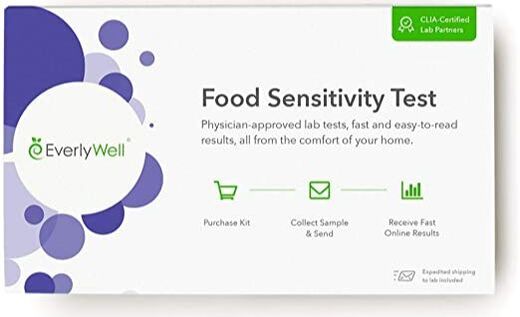
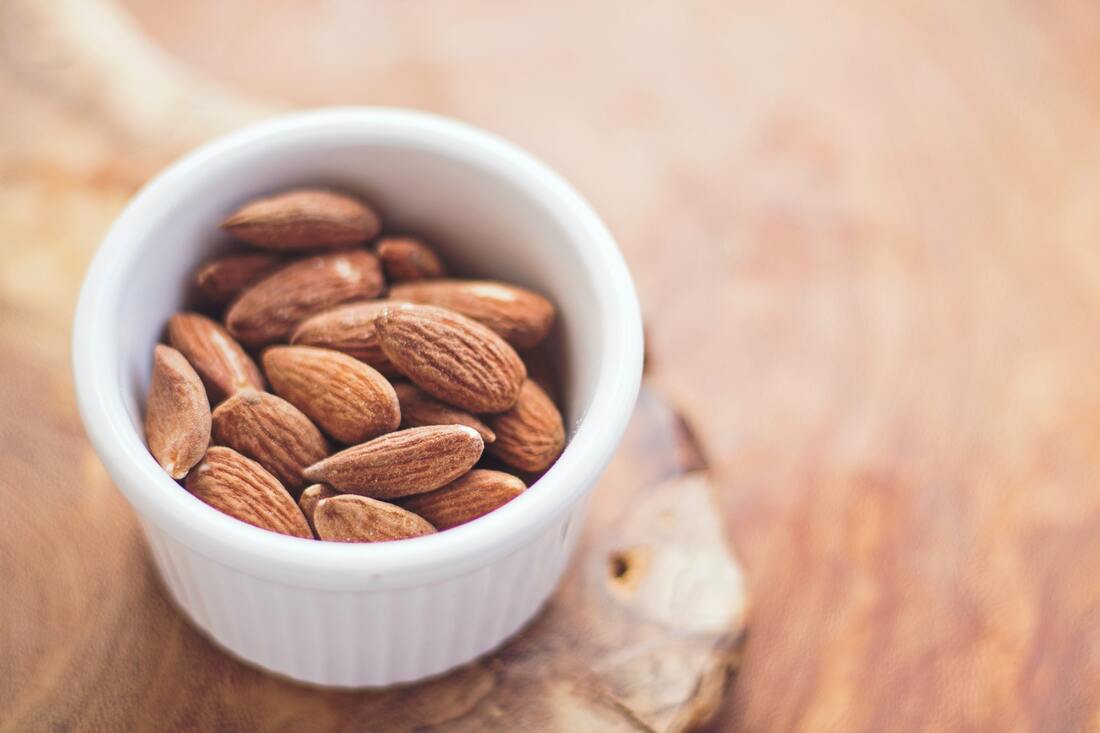

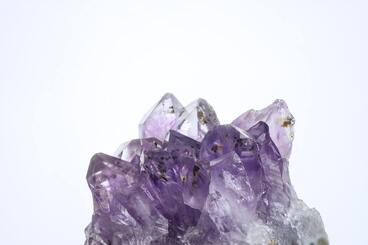
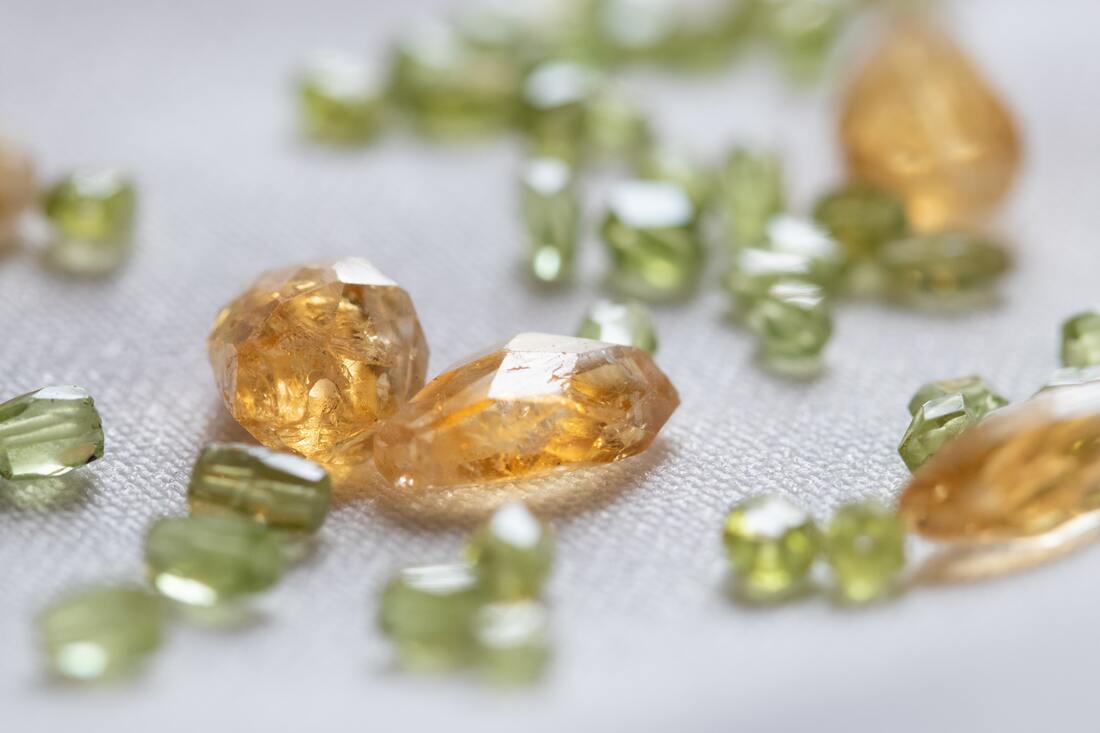
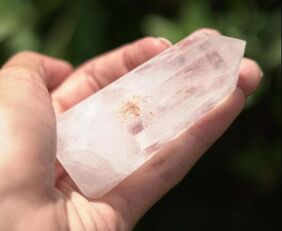
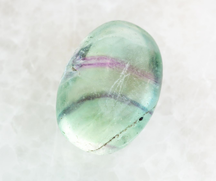
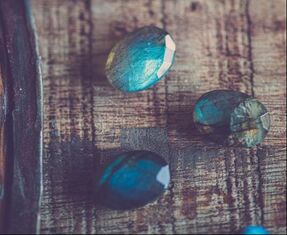
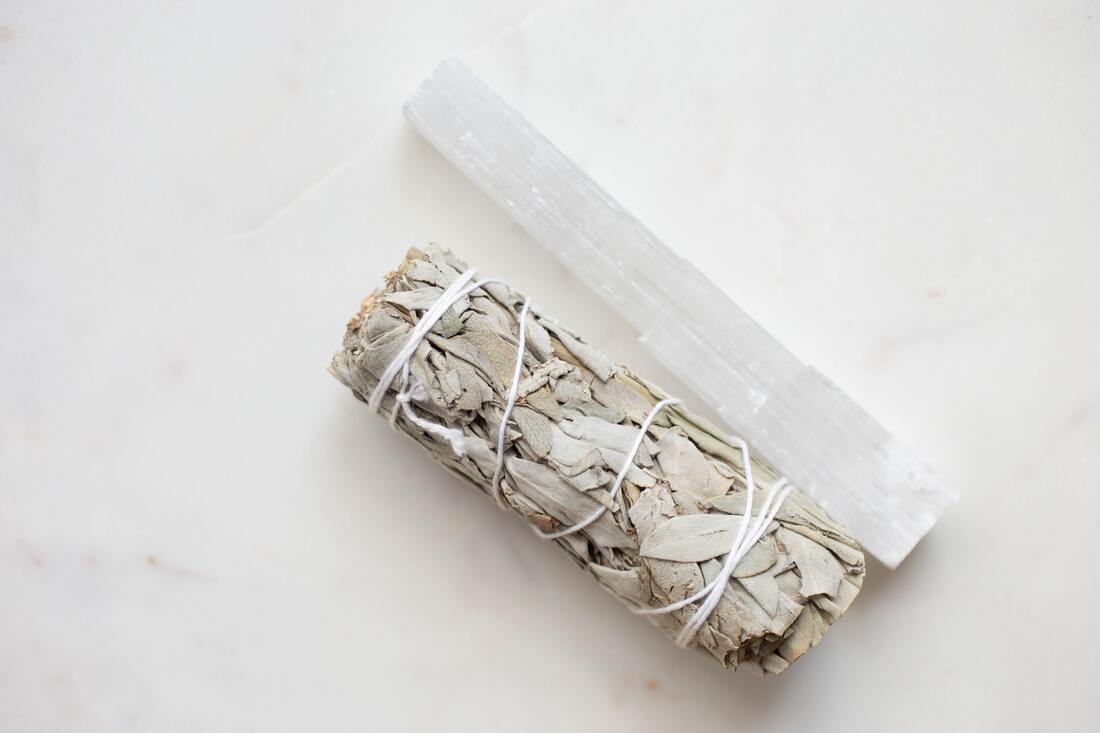
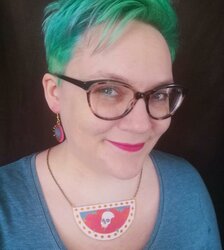
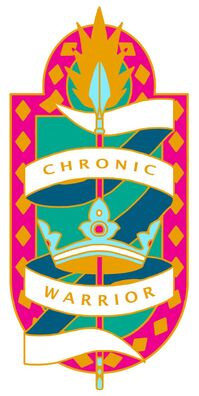
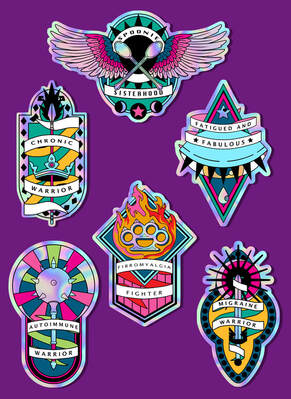
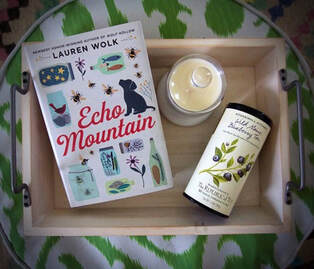
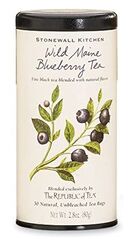
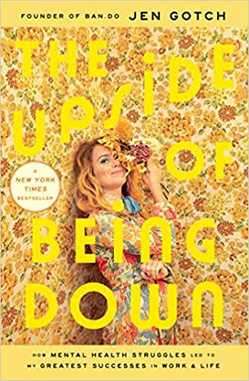
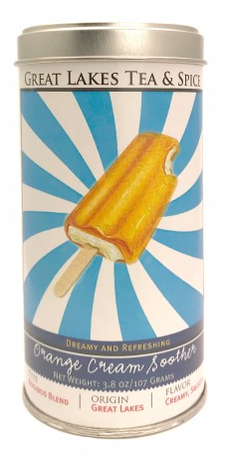

 RSS Feed
RSS Feed
